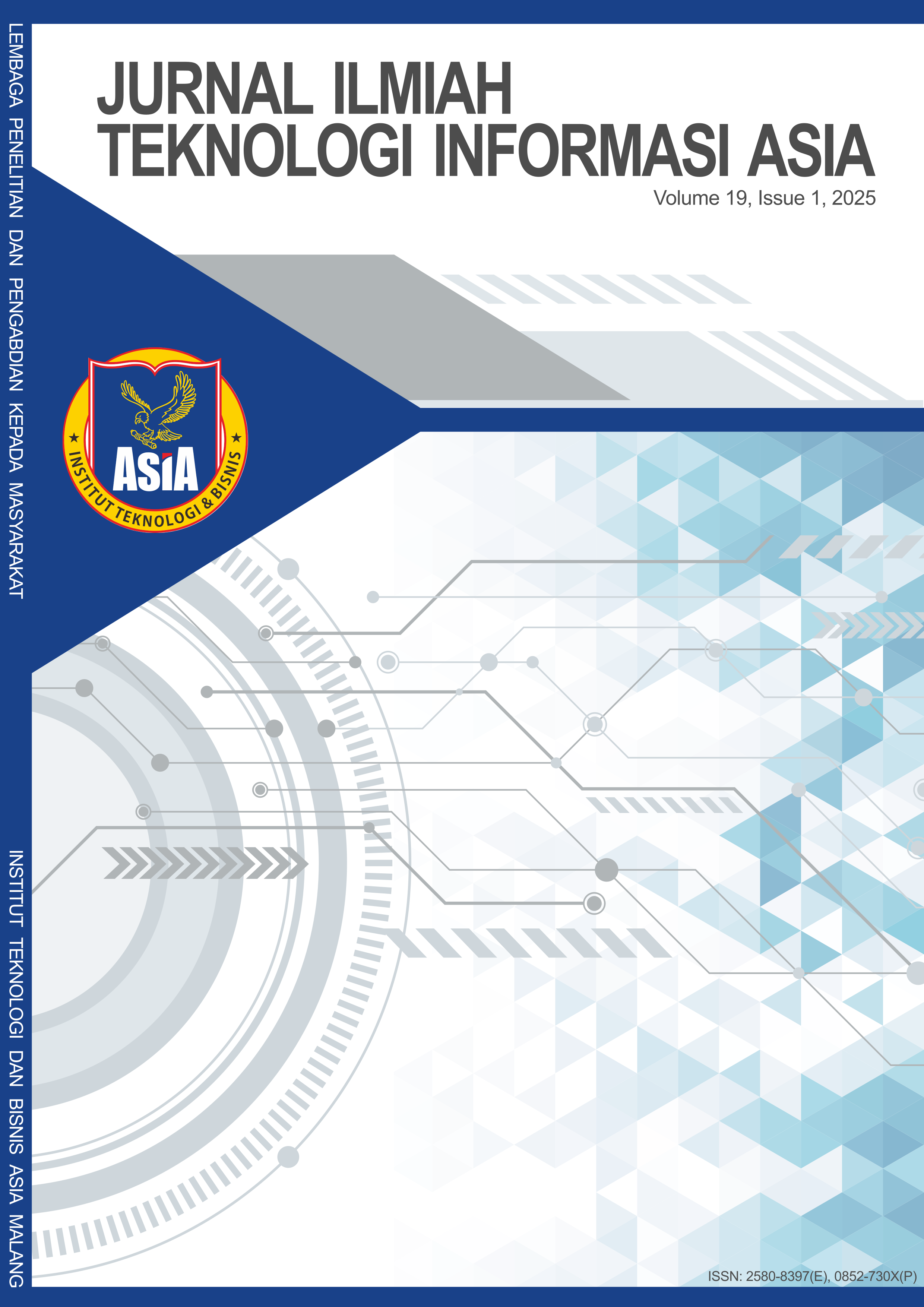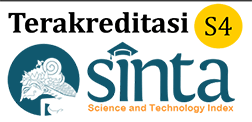Analysis of the massive open online course at zonainformatika.com using the technology acceptance model
DOI:
https://doi.org/10.32815/jitika.v19i1.1110Keywords:
analysis, course, mooc, tam, technologyAbstract
This analysis set out to assess user acceptance of the zonainformatika.com massive open online course application, applying the Technology Acceptance Model. The study included 125 registered users and covered 48 available course roadmaps. The approach involved collecting user statistical data, specifically looking at roadmap completion rates and user satisfaction levels. We used descriptive analysis to understand user behavior patterns and how satisfied users were with the platform. The results revealed that 65% of users completed at least one roadmap. The average time spent per learning session was 45 minutes. Furthermore, 88% of users stated they were satisfied or very satisfied with the application. These findings indicate that users generally accept the massive open online course application. This is supported by the high number of users completing courses and their reported satisfaction. This analysis provides useful understanding for the application's developers. The information can help them improve features and services to make the learning experience better for users. The study's outcomes can also be a resource for tutors, offering knowledge about the psychological factors influencing users of massive open online courses. This may help tutors create learning assessments that fit user needs. Additionally, the findings may guide the development field by encouraging new ideas in building massive open online course applications.
Downloads
References
Almarashdeh, I., & Alsmadi, M. (2016). Investigating the acceptance of technology in distance learning program. 2016 International Conference on Information Science and Communications Technologies (ICISCT), 1–5. https://doi.org/10.1109/ICISCT.2016.7777404
Alyoussef, I. Y. (2023). The Impact of Massive open online courses (MOOCs) on Knowledge Management Using Integrated Innovation Diffusion Theory and the Technology Acceptance Model. Education Sciences, 13(6), 531. https://doi.org/10.3390/educsci13060531
Andriani, R., Setyanto, A., & Nasiri, A. (2020). Evaluasi Sistem Informasi Menggunakan Technology Acceptance Model dengan Penambahan Variabel Eksternal. Jurnal Teknologi Informasi Dan Ilmu Komputer, 7(3), 531. https://doi.org/10.25126/jtiik.202073850
Ang, W. L., Jedi, A., & Lohgheswary, N. (2021). Factors affecting the acceptance of open learning as e-learning platform by technical course students. Journal of Engineering Science and Technology, 16(2).
Davis, F. D. (1989). Perceived Usefulness, Perceived Ease of Use, and User Acceptance of Information Technology. MIS Quarterly, 13(3), 319. https://doi.org/10.2307/249008
Fahlevi, P., & Dewi, A. O. P. (2019). Analisis Aplikasi iJATENG Dengan Menggunakan Teori Technology Acceptance Model (TAM). Jurnal Ilmu Perpustakaan, 8(2), 103–111.
Hariyadi, R. R. (2017). Penerapan Teknologi Informasi Digital Library Ur Dengan Menggunakan Technology Acceptance Model Di Fisip Universitas Riau. JOM Fisip Universitas Riau, 4(2), 1–17.
Lu, K., Pang, F., & Shadiev, R. (2023). Understanding college students’ continuous usage intention of asynchronous online courses through extended technology acceptance model. Education and Information Technologies, 28(8), 9747–9765. https://doi.org/10.1007/s10639-023-11591-1
Niken Widowati, & Khusaini, M. (2022). Adopsi Pembayaran Digital Qris Pada UMKM Berdasarkan Technology Acceptance Model. Journal of Development Economic and Social Studies, 1(2), 325–347. https://doi.org/10.21776/jdess.2022.01.2.15
Qonita, A., Sulton, S., & Soepriyanto, Y. (2019). Persepsi Kegunaan, Persepsi Kemudahan dan Aksesibilitas Mahasiswa Fakultas Ilmu Pendidikan Angkatan 2018 Terhadap Penerapan Sipejar Menggunakan Model TAM (Technology Acceptance Model). Jurnal Kajian Teknologi Pendidikan, 140–148. https://doi.org/10.17977/um038v2i22019p140
Rafique, H., Almagrabi, A. O., Shamim, A., Anwar, F., & Bashir, A. K. (2020). Investigating the Acceptance of Mobile Library Applications with an Extended Technology Acceptance Model (TAM). Computers & Education, 145, 103732. https://doi.org/10.1016/j.compedu.2019.103732
Sugiri, W. A., Sihkabuden, S., & Ulfa, S. (2017). Analisis Technology Acceptance Model (TAM) Terhadap Pengguna Massive open online course. Prosiding TEP &PDs, 110–117.
Venkatesh, Morris, Davis, & Davis. (2003). User Acceptance of Information Technology: Toward a Unified View. MIS Quarterly, 27(3), 425. https://doi.org/10.2307/30036540
Wangi, A. A., Kustono, A. S., & Effendi, R. (2022). Model Unified Theory of Acceptance Use of Technology di Perkuliahan Daring. Jurnal Akuntansi Universitas Jember, 20(2), 136. https://doi.org/10.19184/jauj.v20i2.35466
Additional Files
Published
How to Cite
Issue
Section
License
Copyright (c) 2025 Jurnal Ilmiah Teknologi Informasi Asia

This work is licensed under a Creative Commons Attribution 4.0 International License.
Upon acceptance for publication, authors transfer copyright of their article to Jurnal Ilmiah Teknologi Informasi Asia. This includes the rights to reproduce, transmit, and translate the material in any form or medium.
While the editorial board endeavors to ensure accuracy, they accept no responsibility for the content of articles or advertisements. Liability rests solely with the respective authors and advertisers.
Website material is licensed under a Creative Commons Attribution 4.0 International License (CC BY 4.0). Under this license, users are free to share and adapt the material for any purpose, including commercial use, provided license terms are met. These freedoms are irrevocable by the licensor under such conditions.














